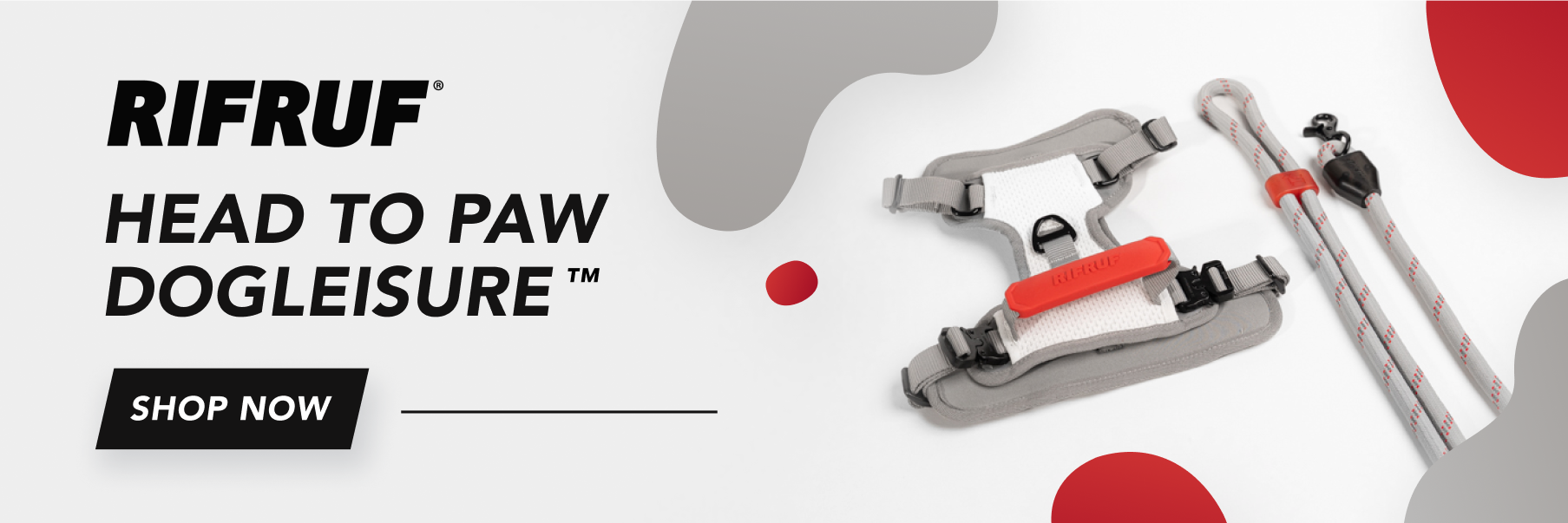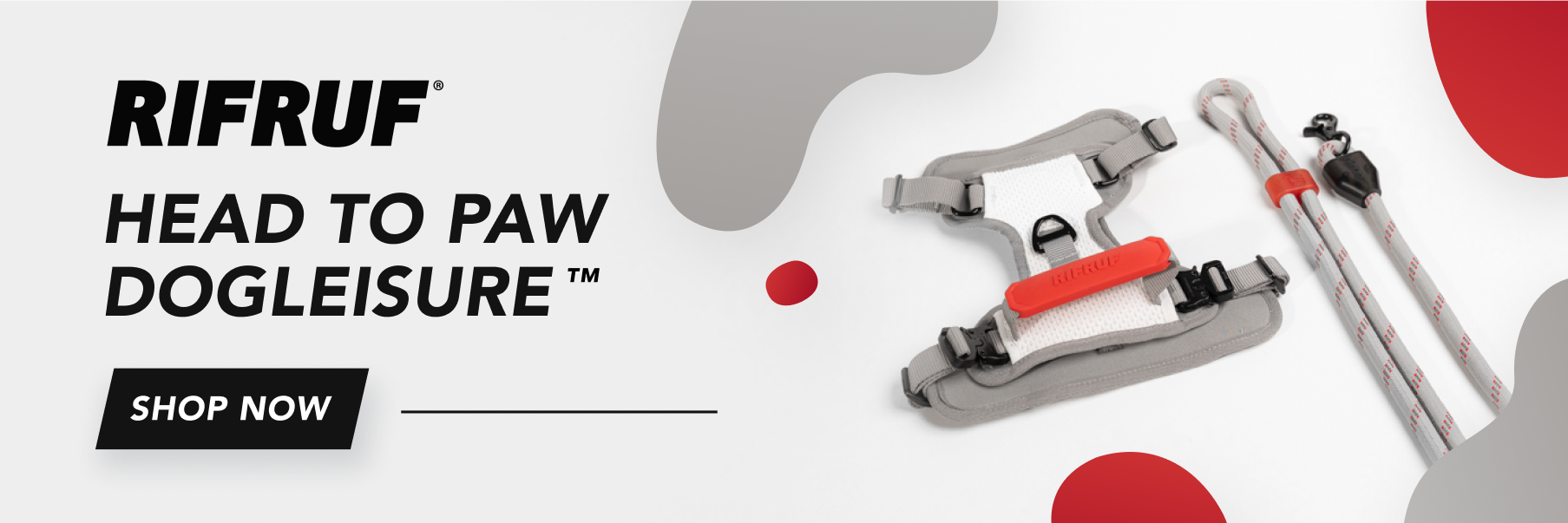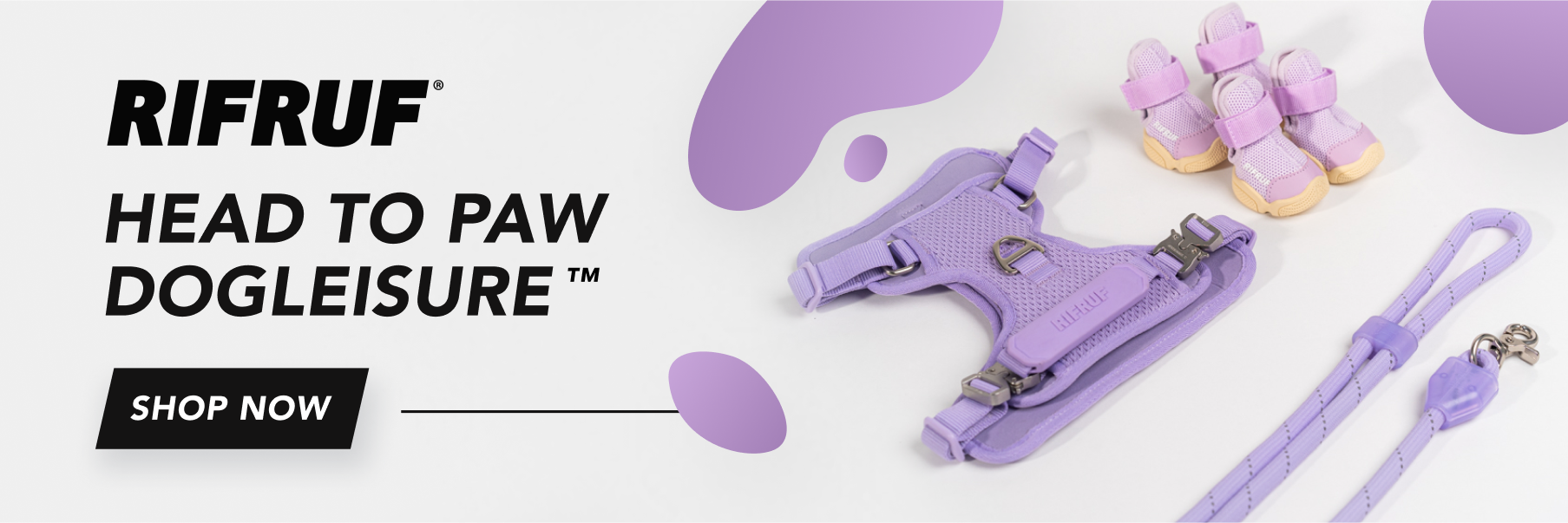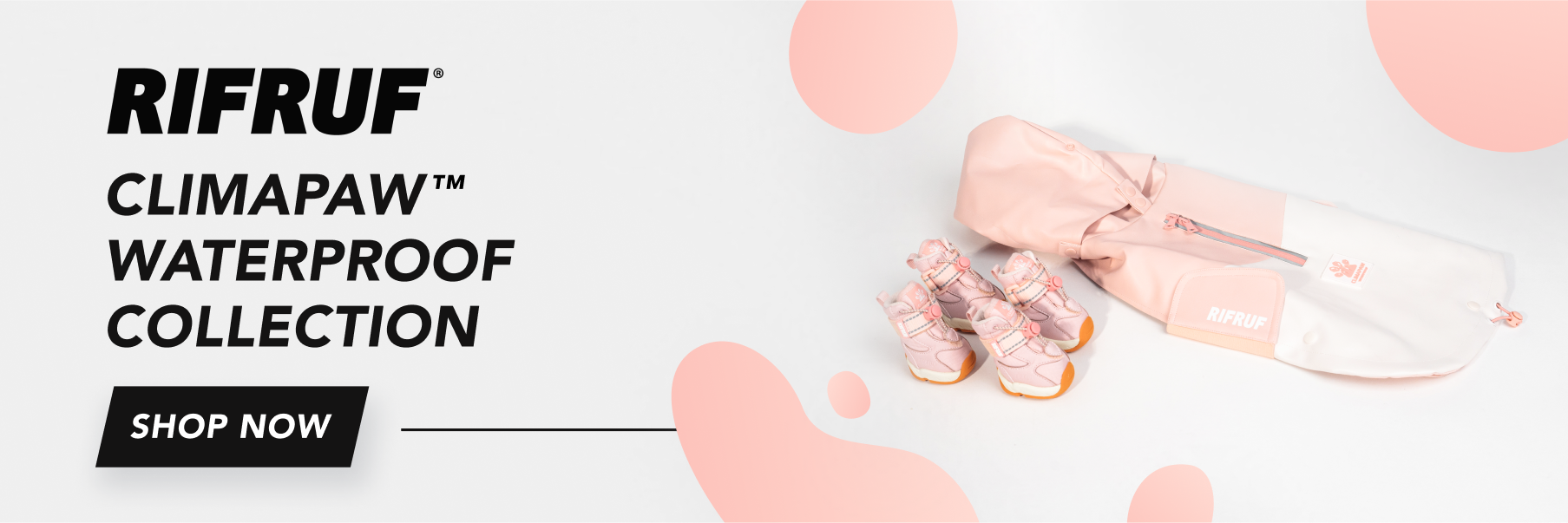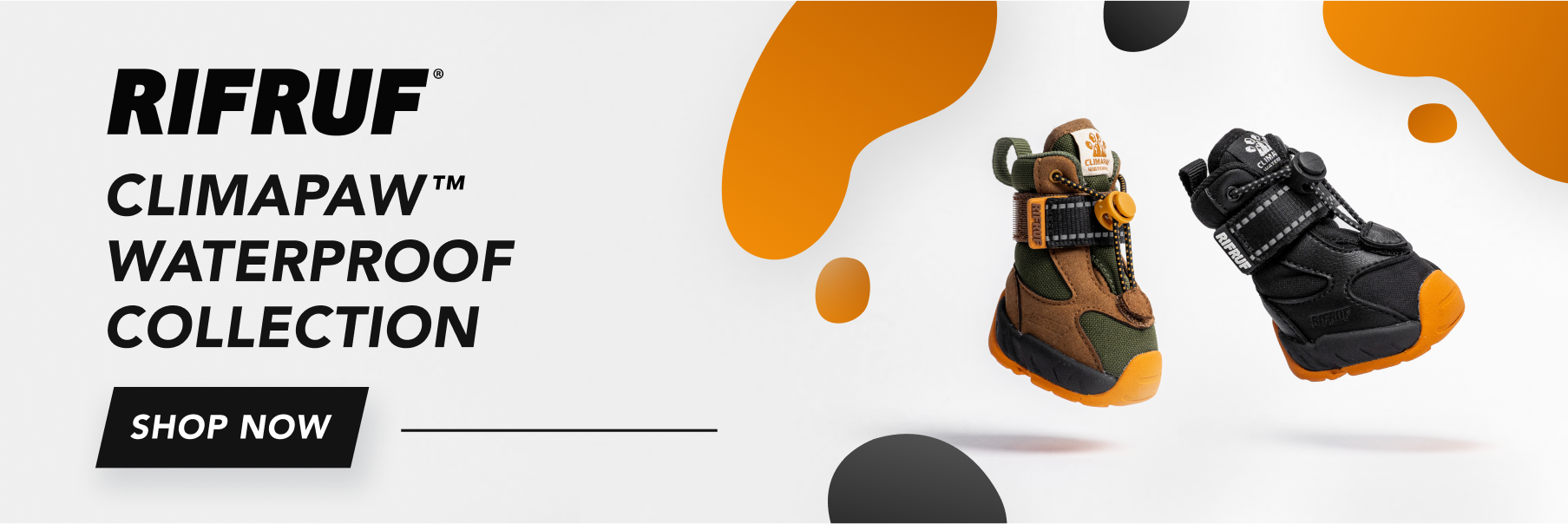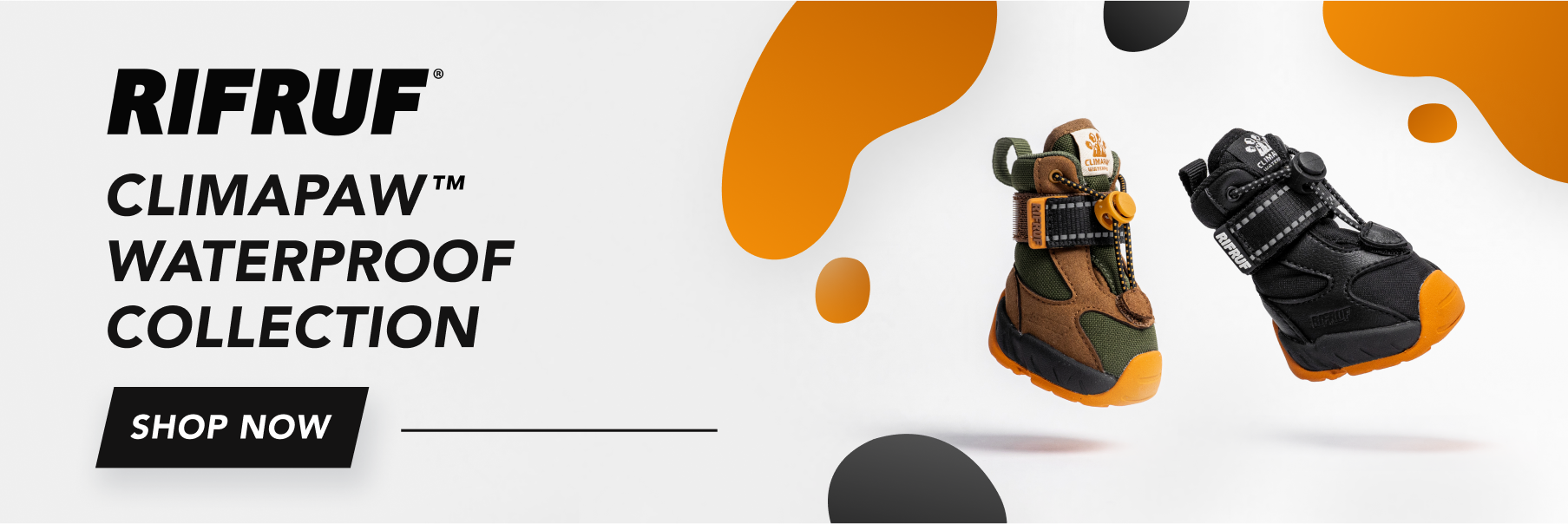Most of us have experienced anxiety to some degree, so we know how unpleasant and debilitating this feeling can be. It’s often hard to express what you’re feeling in the moment, which usually increases the anxiety. At these times, it’s vital to have people around you who understand and are sensitive to your needs. Dogs suffer from anxiety as well. Unfortunately, they don’t always have owners who realize what they’re feeling, and even if they did, they don’t know how to reassure them in those moments.
Just like us, most dogs are afraid of something, or at least very uncomfortable with things like larger dogs, cats, thunder, or even children. It’s heartbreaking that some dogs don’t have the support they need in moments of anxiety, but hopefully, that won’t be your dog (anymore). Here are ways to understand and calm a dog when they’re anxious.
Related: How to Show Your Dog You Love Them
How to Know When Your Dog is Anxious

The first step to helping your dog through their anxiety is recognizing when there’s a problem. Here are a few signs of anxiety in dogs:
- Excessive whining
- Shaking or trembling
- Peeing or pooping in the house
- Restlessness or pacing
- Excessive barking or howling
- Depression
- Digging and scratching
- Aggressive behavior
- Drooling or panting excessively
- Chewing compulsively
- Excessive licking
Although some of these behaviors are normal, you’ll know if your dog is experiencing anxiety by how normal the behavior is for them and how much of it they’re doing. Ultimately, you know your dog, so in addition to these common signs of anxiety, your dog may exhibit a few others.
What Causes Anxiety in Dogs?
Why do dogs get anxious anyway? Like us, they can become anxious or nervous for many reasons. Sometimes the reason will be evident to you, but often it won’t be. Please be deliberate about finding out what causes your dogs’ anxiety. When you know what triggers them, you can do your best to protect them from it or help them to deal with it.
Any of the following may be triggering for your dog:
- Being left at home alone (separation anxiety)
- Traumatic experiences (rescue/shelter dogs may deal with difficult memories)
- Social situations with other animals or new people
- Generalized anxiety (some breeds are especially prone)
- Loud noises like thunder, heavy rain, fireworks, etc.
- Traveling
This isn’t an exhaustive list.
Did you know we have dog hoodies available for preorder? Don’t miss out! Visit RIFRUF for more information.
Could You Be Making Your Dog Anxious?
We don't want to put a guilt trip on you, but the source of your dog's anxiety might be you. Your dog loves you a great deal and can be very sensitive to your responses and emotions.
As a dog parent, you already know this, but you and your dog have similar social structures. Your dog understands your posture, facial expressions, tone of voice, actions, and even the scents you emanate. In short, not only do they know when you're happy, sad, angry, etc., but they often know why you're feeling that way. With these observations, your dog can predict your next behavior or how you will react in certain situations.
For instance, if whenever certain family members visit your home, you become overly stressed, sad, or angry, your dog will eventually learn this. When they hear (or smell) those family members coming into your home, they too may become stressed, anxious, or unreasonably restless. Your anxiety is a signal to them of trouble or danger. Sometimes they may pick up your worry without understanding what's causing it, making them even more anxious.
Sometimes your anxiety isn't situational. It could be much broader and last for an extended period. Unfortunately, this will also affect your dog. Your deep worry or low mood will determine how consistent their routines are and the level of tension in your home.
The happy news is that if your anxiety can become theirs, then your calm can also become theirs. If you respond calmly to new situations and around new people, your dog can pick up on that and realize there's nothing to fear. And circumstances that would usually cause anxiety won't.
For the sake of your dog, here are a few tips for getting your own stress under control:
- Stay active: take walks, runs, or work out regularly. Daily activity will boost your mood.
- Find creative, mentally-stimulating activities to do.
- Keep your routines consistent. This is good for you and your dog.
- Get plenty of rest and recreation (guilt-free).
If you can, include your dog in your efforts to manage your own stress and anxiety. What helps you may also help them.
How to Calm an Anxious Dog
It’s vital to your dog’s mental health that you calm and comfort them when they show signs of anxiety. They should never be left in fearful situations without your support and reassurance. Here are a few things that you can do to calm your dog:
1 Give Them Exercise
Although separation is a significant trigger, it isn’t always possible to avoid it. You have to go to work, after all. So it isn’t always possible to avoid the triggers, but one of the things you can do to mitigate the damage is to allow your dog to exercise. Taking them for a walk or run will help them spend some of that pent-up energy and relax them. Time together is also an expression of love for your dog and can strengthen your bond. If you can’t go out, a bit of inside play time can be just as good.
Related: Running With Your Dogs: A Complete Guide
2 Use Positive Reinforcement
Often, what appears as ‘bad behavior’ can be a display of anxiety. Even when we observe highly aggressive dogs, it can mask their fear of other dogs or people. So, you should be careful not to respond negatively or with aggression. Positive reinforcement means training your dog with rewards and affirming words when they display the behavior you want. Positive reinforcement is an effective and kinder way of supporting your dog through their anxieties and helping them to process them.
Additionally, positive reinforcement can be a powerful tool to help dogs get used to new changes in their routine, as well as new objects that may at first confuse them or make them anxious. Take dog shoes, for example. Lots of dogs really don’t care for the feeling of shoes on their paws, even though they’re needed to help protect your dog during the colder months. Using positive reinforcement as part of your shoe training efforts can make the process much smoother for both of you and help speed things along while reducing their anxiety.
It also works when introducing other types of items your dog might not like at first, including leashes and harnesses. The key is to never force the items on your dog, or they’ll grow to dislike them and even become more anxious when they're presented. Helping them create positive associations with them through positive reinforcement is the key.
3 Use a Dog Calming Coat/Shirt
You’ve probably heard about swaddling a newborn baby to calm them. The idea is that surrounding them with a cloth that holds them snuggly makes them feel secure. This principle also works for your dog. Calming coats or shirts will apply constant pressure on your dog’s torso and help calm them down.
4 Try Music Therapy
You know how calming music can be in challenging circumstances. Research shows that dogs also respond positively to music therapy- some even say that classical music is favored. You can play calming music in the car when you travel, at home for them when you’re away, or anywhere they may need calming.
5 Pet/Massage Your Dog
Gentle physical touch seems to be universally beneficial to people and animals alike. Your dog will enjoy a relaxing massage or pet when they’re upset. It will relax tense muscles and communicate love and protection to your dog. Begin the massage at their neck and work downward in long strokes. Rest one hand on your dog while the other does the massaging. If you aren’t comfortable doing a massage on your dog or you can’t calm them down enough to do it, try just petting them and speaking gently.
6 Consider Medication
If your dog seems chronically anxious, you may need to medicate them. Some of the same medications that work for people will also work for your dog. Your vet can refer you (and your dog) to veterinary behaviorists, who can prescribe antidepressants. This might feel like a big step, but if your dog were suffering from a physical ailment, you wouldn’t hesitate to get them the help and medication they needed. Anxiety is a mental health issue, and it’s okay to treat it as just as important as the physical- because it is.
7 CBD for Dog Anxiety
You've probably heard all about the research being done to show the efficacy of CBD products for humans suffering from various ailments. Derived from hemp plants, CBD is a cannabinoid. Unlike its cousin, marijuana, CBD contains no THC, which is the compound that causes the feeling of euphoria (the high).
CBD products are proving to work just as well with your dog's endocannabinoid system. CBD interacts with enzymes to slow down the breakdown of certain endocannabinoids, causing your dog to experience their benefits for a more extended period. When CBD is added as an ingredient to treats or oil for your dog to consume, it could get them back to a happier, more emotionally balanced place.
In addition to the research, there is anecdotal evidence of CBD's effectiveness. It has been shown to take dogs who have suffered from long-term, severe anxiety to a calmer, more relaxed version of themselves.
Related: How Often Should You Walk Your Dog: A Guide for New Owners
Conclusion

Just because your dog can’t verbalize their anxieties, it doesn’t make them any less real. We all need support and reassurance from time to time, so be kind to your dog. When you notice they’re demonstrating odd or compulsive behavior, consider anxiety as a reason, take measures to figure out what is triggering it, and follow the tips above to help calm them down.
Are you looking for quality products for your dog from a company that loves dogs? That’s us! Visit RIFRUF for the best dog sneakers on the market today.

